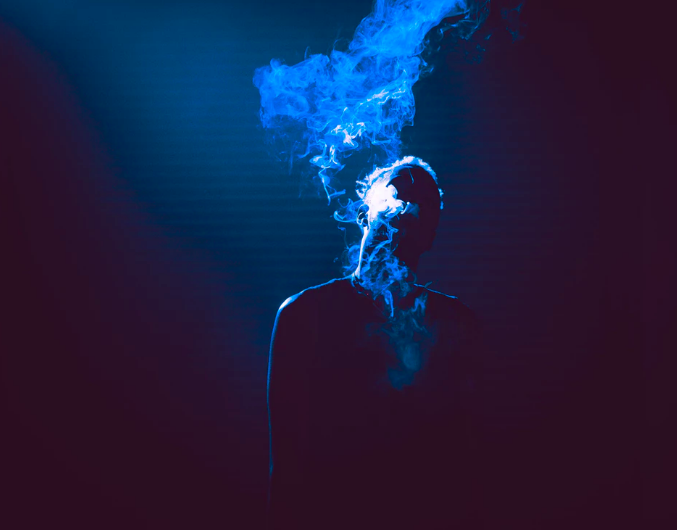July 5, 2018
When will Asians Americans stop being the outsiders?


The invisibility of Asians and Pacific Islanders in Hollywood reflect a bleak representation of the minority group in American media.
Apparently, it’s hard to cast Asian actors for Asian characters in Hollywood. Casting agents have to consider a combination of white beauty standards, entrenched stereotypes and the inability to portray the real world as it is. Old habits die hard. Hollywood has decades of racist history behind it, and they’re struggling to make up for it now.
Hollywood has come a long way from its yellow face days. There’s a long list of insulting “Asian” portrayals from Mickey Rooney playing I.Y. Yunioshi with exaggerated buckteeth in “Breakfast At Tiffany’s” to the multiple white men playing Fu Manchu. It’s the epitome of Yellow Peril and xenophobia. At least it’s not like that anymore.
Despite the long journey it took for diminishing racist caricatures, Hollywood is still a long way from being fully inclusive of Asian roles. The most recent controversy is actress Scarlett Johansson playing the Japanese character Motoku Kusanagi of “Ghost in the Shell.” Another controversial casting was that of Tilda Swinton portraying a Tibetan monk in “Dr. Strange.” There’s also Emma Stone, casted as Allison Ng, a character of Hawaiian and Asian heritage, in “Aloha.” The list goes on.
Hollywood casting purposely strips these Asian characters of their original identity. The little representation Asians have is continuously reduced.
According to UCLA’s 2016 Hollywood Diversity Report, Asians make up only 3.1 percent of the characters in films and broadcast television. Even more disappointing is that the top 100 films of 2015 had no Asian leads at all. Minorities made up 13.6 percent of leads in major films that year. However, the world of TV does much better in terms of diversity. “Fresh Off the Boat”, for example, is the first Asian American sitcom in 20 years since Margaret Cho’s “All-American Girl”. Shows like “Master of None”, “The Mindy Project” and “Elementary” are also testaments to successful shows with Asian leads. Another gain worth noting is the increase in the number of minority writers behind TV shows. Darnell Hunt, sociologist and lead writer of the report says, “the massive scale of the TV industry simply offers actors and creators more breaks.”
The film industry has yet to start giving those breaks to Asian actors and creatives. If the risk-averse film industry waits for a society’s whole mindset to change, it’s got it backwards. Film and entertainment is what informs society of what is real and true. People look to TV and film for representations of human experience, and if those representations reflect a whitewashed or stereotyped world, that’s what people will see as the norm.
People are more open to discussing issues of race and diversity in film. At the 2017 LA Film Festival, Cinematographer Bruce Thierry Cheung said, “But now there’s more discourse, more discussion […] and people are hearing it. It’s not just insular […] I’m optimistic.” And it’s true. The media questioned Johansson and Matt Damon on whitewashing and the white savior complex, though the two don’t really get it yet. Nonetheless, at least the right issues received attention.
Gloria Fan, Vice President of Current Programming at FOX, and actress Kelly Hu discuss how years before, it was almost impossible to start these talks about diversity. Hu, who’s been in the industry for 30 years, said it hasn’t been easy for Asians to move up in Hollywood.
“We were a handful. We would easily be blocked out if we said anything,” said Hu.
The rest of the panel at “Diversity Speaks” also commented on how far the industry has come. Leonardo Nam of “Westworld” said, “Are we on the cover of ‘The Proposal’? No we’re not. I don’t know when that will be, but I think we are closer to it now.” Nam is right. There’s signs of progress. Upcoming films like “Crazy Rich Asians” and the live action “Mulan” feature a majority Asian cast with compelling characters. Though the two movies await release dates. It’s quite a milestone for the Asian American community to see such projects come to life.
However, Ally Maki, Japanese American actress, tells the Diversity Speaks audience a cynically funny story that reflects the acceptance yet invisibility of Asians in media. At an audition, one of the white producers mistakes Maki for the comedian Ali Wong and even congratulates her on her nonexistent baby. She laughingly added: “And then he went on to mansplain to me who I was.” The number of Asians in the media is so low that it’s apparently unthinkable to have two Asian entertainers with the same name. Though the tide’s quickly turning, Maki reminds us just how slow the fight against invisibility still is.
However slow the fight is, it’s worth the decades of effort. Representation, no matter how small at first, has widespread and lasting effects. It’s important for young Asian Americans to see themselves in mainstream media. Invisibility turns into visibility when casting directors give Asians the roles they deserve. It happens when movies with Asian leads get the green light. Hollywood can’t wait for the right time, it needs to make it the right time. There’s no time for waiting.